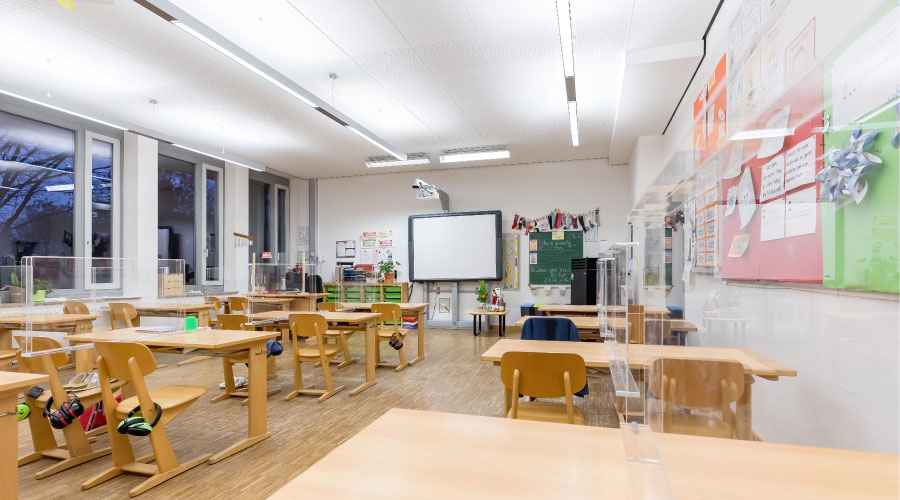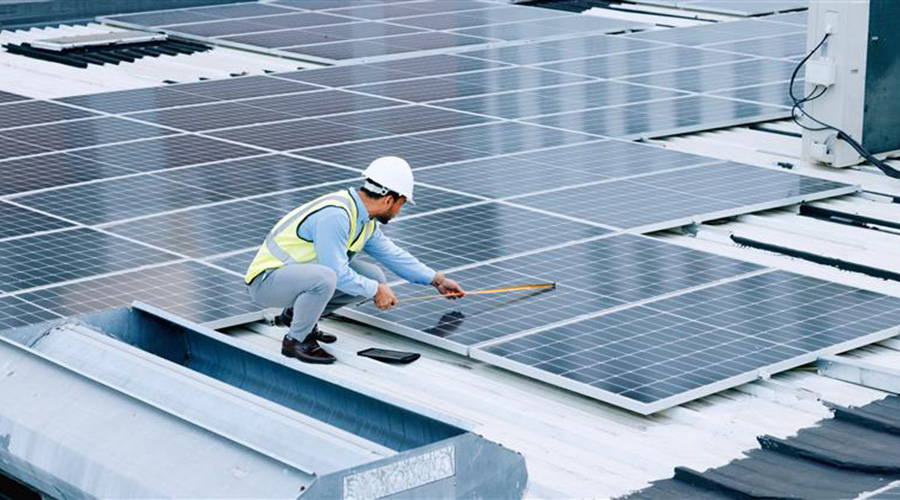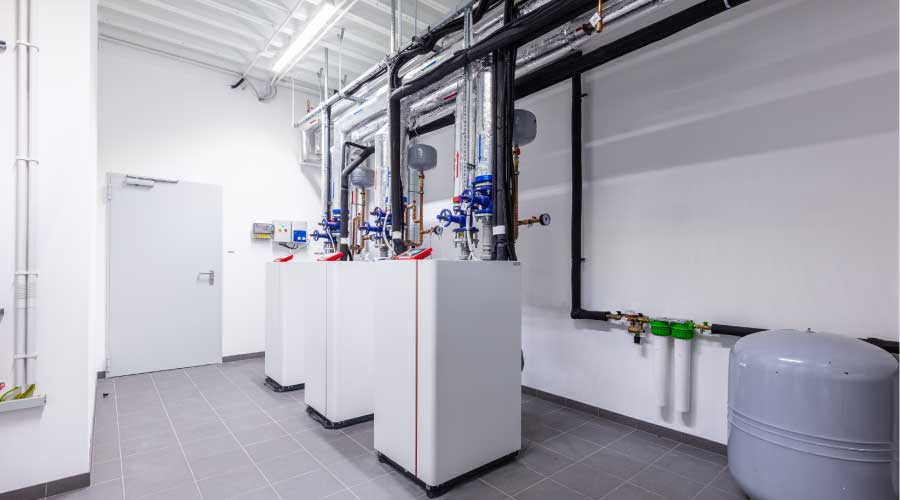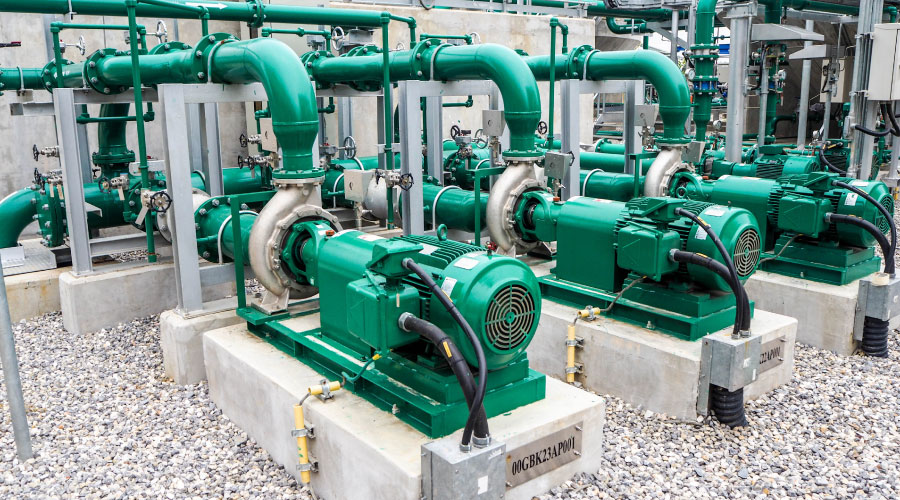Portable Cooling Considerations When In a Crunch
One of the most important skills maintenance and engineering managers must have is being prepared for the unexpected. If there is any one constant in institutional and commercial facilities, it is that things change, often with little or no notice. Operations change. Occupant needs change. Equipment that has performed for years without issues suddenly breaks down — usually, at the worst possible moment. If managers are to succeed, they must anticipate these situations with an in-place plan their departments can implement with minimal disruption and cost.
Few areas feel the effects of an unexpected problem more than building cooling systems. Lose the air conditioning serving an area hosting a large event, and the event might have to be cancelled. Suffer a failure of the air conditioning in a facility, and activities might have to be moved or cancelled. A dead cooling system can cause thousands of dollars in damage to a server facility.
Failures are not the only out-of-normal operations managers must be able to anticipate and resolve. Building cooling systems are designed to meet specific cooling loads. Changes in activities can dramatically change those loads, either temporarily or permanently. Such changes can include adding a new piece of heat-generating equipment to a space where the cooling system does not have sufficient capacity and holding a one-time activity in an area the cooling system was not designed to handle.
Thanks to an increase in the availability of relatively low-cost portable cooling equipment, managers have options when preparing for these and other situations. To succeed, though, managers must prepare. Waiting until an outage occurs, a change in operations takes place, or a special activity is underway will result in a delayed response at best.
Related Topics:














